Let's define it first. Traditional HIFI music refers to playing music through a CD/LP machine and outputting directly to the amplifier through the decoder. Most people who used to play music (or so-called traditional audiophiles) generally use this method. Emerging digital music refers to a series of players represented by computers such as the Linn DS series/Slim series/Naim, etc., which are decoded by a digital connection (with a USB/FireWire decoder, etc.) or digital players. ) Then connect the amplifier to the horn.
People playing LPs usually don't have to play with CDs, and playing CDs disregards emerging digital. There may be two reasons: The people who play HI-FI are usually at a certain age. They are not very well-accepted in emerging issues. The emerging digital development is relatively fast. The emerging digital years ago cannot be compared with the traditional HI-. FI is similar. The digital technologies that have emerged in recent years have come a long way. Whether digital players or USB-based decoding are endless, hundreds of flowers flourish.
The law circulating in the HI-FI community is a price and a delivery. The rise of emerging digital has a tendency to break this law. Even if it cannot be broken today, I believe it will not be far. Those who spent a lot of money to buy SACD in the past years are reluctant to see and recognize this reality. After all, people's nature is to pay attention to the face, the money has already spent. Of course, the developers of emerging music equipment have a great disadvantage, that is, such people usually do technology (computer) origins, understanding of the indicators is much more than the understanding of the music itself. Caused them to design the equipment parameters are high, but the sense of hearing is usually er. This is similar to the HI-FI design concepts in Japan and China. Oscilloscopes and various measuring instruments are the basis of the equipment design. European and American people pay more attention to the on-site sense of hearing. Usually there are some people (conductors, etc.) who have extreme research on music listen to the scene, and then give advice and design equipment. Different ideas lead to completely different styles. The machines in Japan and China are very heavy and they have a lot of superb components, but it feels like the machine is very heavy. The European and American machines floated lightly, and there were few decent parts inside, which were very expensive to sell. The form serves the content. From this point of view, the understanding of the Occidental people is correct.
The debate over traditional digital and emerging digital is too much online. It is best for people who understand English to look at foreign forums. There are many people in the domestic forums, and they dare to express themselves. Someone once asked me about my HI-FI configuration. I said that I used Japanese power amplifiers to push British boxes and I was scoffed. I smiled and asked him if he really heard him. Did not hear, where's the right to say. I listened to at least 10+ combinations to finalize this plan. Not necessarily the best solution, but it must be my favorite. This is enough
My traditional equipment has been slowly accumulating over the years and has invested considerable energy, resources, and financial resources (for me, not for the rich man). My traditional equipment includes:
Jinzi DP-80CD Turntable (second hand): Coaxial connection decoding
Luxman DA-200 decoding: Balanced power amplifier
Golden Box E-460 Amplifier: Connect Speaker
Tian Long Stirling Floor Box
The sound of the overall system has the warm and mellow features of British equipment. After all, the horn style is the most important part of the entire system. The exquisiteness and freshness of the front-end Japanese equipment make the overall style not too muddy. Once tried to use Naim's amp to push the boxes of the sky, putting the vocals is nice and mellow. However, listening to string music and symphony felt it could not be achieved. I also tried to use the laser amplifier of McKnight. It was obviously bursting. Listening to pop music was a good match, but the string was not delicate enough. Therefore, the strange combination of Japanese amps pushing British boxes was eventually chosen. For me, the important thing is not the equipment but the balance of equipment.
Three years ago, with the increasing number of letters in the computer, they also converted CDs to digital files from time to time. They planned to transform the existing legacy systems, add some devices, and be compatible with digital media. Researched for a long time and found that the choice is not very much. Of course, the money can be completely replaced, but it will be costly. Secondly, it may change the original style. This is absolutely unwilling for me (the original style was determined to have taken more than half a year). The following are several options and advantages and disadvantages of the initial selection
1. Mac computer (Mac mini, mac notebook is not recommended) Connect Luxman DA-200 via USB. Yes, the DA-200 does have a USB input. So this may be the simplest solution. Mac computers can buy a second-hand, why choose Mac desktop, because Apple's USB output is relatively passable, excellent quality.
 Mac mini - Product Search - Jingdong found 19 similar products in Jingdong at JD.com, including mac mini products such as "computers" and "mobile accessories". Direct links to search.jd.com
Mac mini - Product Search - Jingdong found 19 similar products in Jingdong at JD.com, including mac mini products such as "computers" and "mobile accessories". Direct links to search.jd.com Advantages: Easy to operate, no major changes to the system. The price is relatively cheap, a used Mac computer does not have much money
Disadvantages: sound quality, sound quality, sound quality. Obviously the foundation of digital sound. More dynamic, less euphemism may be the reason why many fans disdain. Listen to your ear for a long time. The main reason is that after all Mac is a computer, there are too many software and hardware interference, and Luxman's USB solution is a driver-free synchronization, the jitter must be very large. Playback software on the Mac is generally charged and expensive.
2. Buy a DAC with a better USB function and still use a Mac computer as the audio source. Looked at the Internet, better this type of machine includes Weiss Int204, Wyred4Sound DAC2, and even Luxman's follow-up DA-250. But these products are not very cheap. A little lower 10,000, a little higher 30,000, and 50,000 are normal. The function overlaps with the current DAC. So no purchase
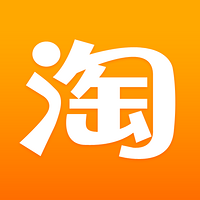 Weiss int204_Taobao Weiss Int204 DACs.taobao.comDirect Links
Weiss int204_Taobao Weiss Int204 DACs.taobao.comDirect Links 3. Buy a digital player and connect the amplifier directly. It seems that this is the simplest solution. It's a pity to find a lap and listen for 3 months (yes, picking the sound is a slow process and takes time). Basically there are two kinds of products for this type of product. One is old-fashioned audio manufacturers like Linn and Naim. The problem is that only their suits can still listen, and it is obviously not acceptable to pick up other people's equipment. . Using Linn's player to pick up gold dice sounds really bad. There are these are the old sound manufacturers, have a unique understanding of the sound, but not on computer technology. The digital player itself is a computer that plays music, and the understanding of both music and computer is as profound. The second category is a number of new players, including WeissMan301, the ultra expensive Bladelius Embla, and South Korea's Stello. Of course, not to mention domestic products, on behalf of Aries and so on. After listening to it, I felt enchanted by Embla. The pure voice made people listen and cry. Especially like his full version, with CD player. Unfortunately, the price of nearly 50,000 can't be approved by the CFO at home. Other products, especially domestic products, I can only say that the price is very good. Well, it may be more appealing to modern people's tastes. Anyway, people who listen a little bit to LP will definitely not like that kind of sound.
 Bladelius embla_Taobao Search Emblas.taobao.com Direct link
Bladelius embla_Taobao Search Emblas.taobao.com Direct link 4. USB interface: The computer accesses the USB interface and is converted to coaxial to decode it. This was accidentally discovered when I was looking at foreign forums. I found this solution to be a good one. For the first time, there is no need to spend a lot of money, but only a small device is added. Aliens are called digital predecessors. Second, to solve the shortcomings of USB in the entire system. In fact, many products, such as Weiss, Playback, Berkeley Audio, Bel Canto, Audiobyte, Stello, M2Tech, Polaris, and Tani, are all produced. After reading an evaluation that I think was fair, I decided to try a niche product called Audiophilleo. Original link
Translated well
In fact, this time the choice was more abrupt, the USB interface only heard Stello and M2Tech, and the choice of Audiophilleo was entirely due to that comment. I think I'll get a Berkeley Audio to audition later
 Berkeley Audio dac_Taobao search Taobao search is the most intelligent commodity search engine, through the operation of big data, accurate understanding of goods and users, providing accurate personalized search experience. Direct links to s.taobao.com
Berkeley Audio dac_Taobao search Taobao search is the most intelligent commodity search engine, through the operation of big data, accurate understanding of goods and users, providing accurate personalized search experience. Direct links to s.taobao.com The protagonist of the book Audiophilleo
Company's website
There are links to purchases on the website that can be sent to the United States and Canada. Send to China to collect freight and increase tax. Search for a purchase address on a treasure for your reference
 Audiophilleo_Taobao Search Audiophilleo Purchase in China s.taobao.com Direct link
Audiophilleo_Taobao Search Audiophilleo Purchase in China s.taobao.com Direct link Audiophillo has three products: AP1, AP2 and pure power. The main difference between AP1 and AP2 is that AP1 has a test function and a display. Of course, the price is also nearly 400 US dollars, personally feel that the cost is not high. Both AP1 and AP2 support the installation of pure power, so that no power is taken from the USB port (the principle is USB flush pure power battery, pure power to AP1/2 power supply). The theory is very good, but that battery sells for 479 US dollars. I did not try. Of course, HIFI never talks about price. Now the MKII version is sold on the official website, with DSD function
Exterior
A broken iron box that looks similar to that of the previous lead barrels has not yet been heavier in weight. Workmanship, casually look, many people will think it is produced in Yiwu. People are pure American bloodlines

This is a total of these things, a very ordinary USB cable. Just go straight into the cold room

Three conversion heads. This is a very good design. I plug directly into the decoded coaxial input through the converter and save a coaxial line. Although I am not a powder of wire, I have never liked this kind of metaphysics. However, if a single axis is less than a few hundred, it is always necessary to have more than one thousand dollars. Like a pragmatic attitude of the old American.
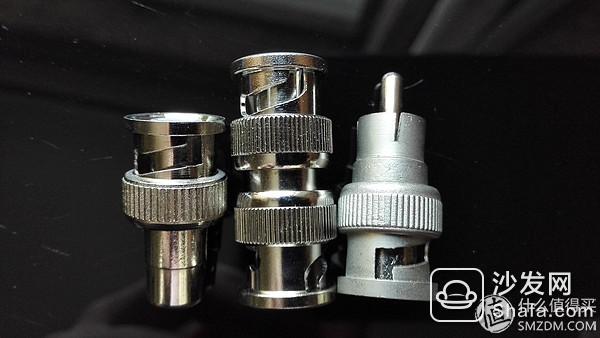
Simple tamper-proof screw.
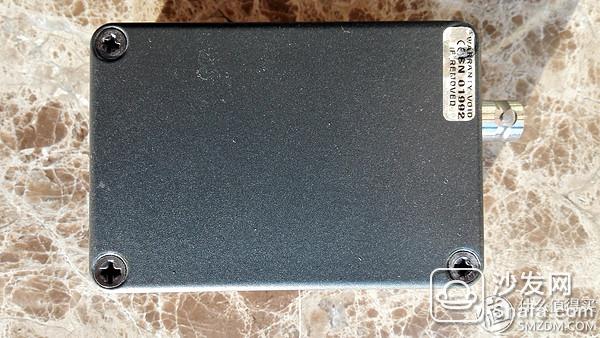
USB input, type A.
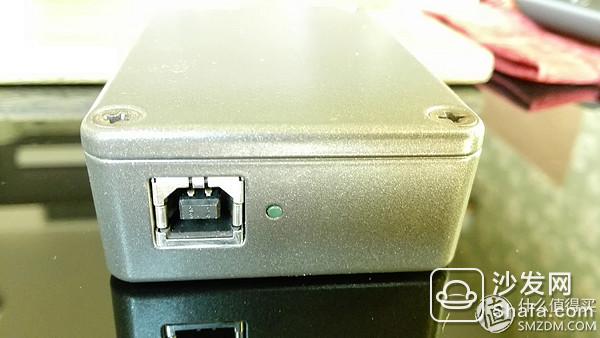
Coaxial output, can interface with the above RCA and BNC interfaces
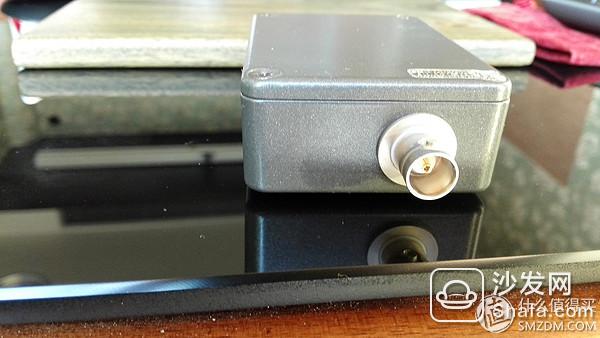
principle
Simply put, USB is not designed to transmit music. Your U disk will be subject to various disturbances during reading. You will read the wrong data. If you read it incorrectly, read it again. The result is that you suddenly found that 0.1 second progress bar is not moving, and it is harmless. Putting music is not enough, and 0.1 second completely changed the sound. So synchronous USB has inherent flaws. So scientists have developed adaptive and asynchronous modes. Receive the data, place it in a pool, wait for a paragraph, and send it together. The principle is correct and the implementation is not simple. First you have to have a precise clock, and then there will be losses in the interface conversion (optical fiber is in fact the most loss of transmission, but because the loss of the interface conversion can not be resolved, the fiber is always abandoned by enthusiasts). The USB interface is to ensure that the audio file can be correctly converted to a coaxial signal and output at the correct time. Audiophilleo took a step further. Instead of using an off-the-shelf USB chip to do this, it put an ARM chip (used on mobile phones) inside, and then wrote a program to implement USB functions (it's like writing on a PC). Software acts as a router.)
In short, if you don't have time to look at the principles above, I'll tell you that the average USB jitter (which you think is the error) is in the order of a few hundred nanoseconds, and the difference is subtle or dozens of subtleties. And Audiophilleo does 26 picoseconds. 1 second (s) = 1000 milliseconds (ms) = 1,000,000 microseconds (μs) = 1,000,000,000 nanoseconds (ns) = 1,000,000,000,000 picoseconds (ps) = 1,000,000,000,000,000. The cow is not cow.
My current solution: Pass the USB output of Squeezbox (use the Digital output enhanced plug-in, otherwise it can't output 192khz audio source) -> Audiophilleo 2-> Luxman DA-200 -> Gold E-460 -> Speaker. Someone asked why use Squeezebox such a small player. The first squeezebox is very convenient. The squeezeserver is installed on my NAS and the background music sources at home are all resolved. Secondly, I have also tried thousands of players and MACs. There is no difference in sound. The reason is very simple. The USB interface is isolated from the front panel, and the front panel is no better (and certainly not too bad). The impact on the back is limited. Third, in fact, the squeezebox is qualified as a pure player. Essentially it is a Unix computer that only plays music. I just use the digital part of it.
Finally, simply talk about the sense of hearing. Take a CD to compare it
1, Squeezebox through the USB interface to play 96K or 192K music, resolution, sound field and other aspects are all incomparable CD. It seems that digital music has made great progress
2. The resolution of Squeezebox playing music through the USB interface is obviously higher than that of the USB interface directly using the decoder, and the sound is more clear and rich.
3. The sound of the CD output is a little thicker, and the music feels stronger. I don't feel tired after listening for a long time.
My feeling is
1. When I concentrate on listening to music, I may be more inclined to play CDs. Although there are some lack of resolution, listening to music is not listening to equipment. Music is more important.
2. Digital playback (USB interface) is more in line with the modern young people's sense of hearing, clean and explosive.
3. The digital player is too convenient, and all aspects, especially the sound quality, have made rapid progress. In fact, the digital music player has exceeded the CD in terms of indicators, but changes in the orientation and habits of listening will take a short time for enthusiasts. One day, my yellow and Phillips gold lines will be thrown into the cold. Of course CD, like LP, will never be eliminated by me. When I was free, I was more willing to scrub an LP, carefully tune a pickup, plug in the amplifier, and enjoy the buzzing but real analog sound.
We are famous power factory in china.We mainly offer led switching power supply,dual outpout led switching power,IP67 led power,waterproof led power,IP67 Outdoor Power,IP20 Indoor Power,IP20 led power,Ultra thin led power,outdoor led power etc.They widely use for led strip light,led wall wash light,led
underwater light,led inground light,led spike light,etc.
Ultra Slim Waterproof led power,Ultra Slim Waterproof led driver
Jiangmen Hua Chuang Electronic Co.,Ltd , https://www.jmhcpower.com